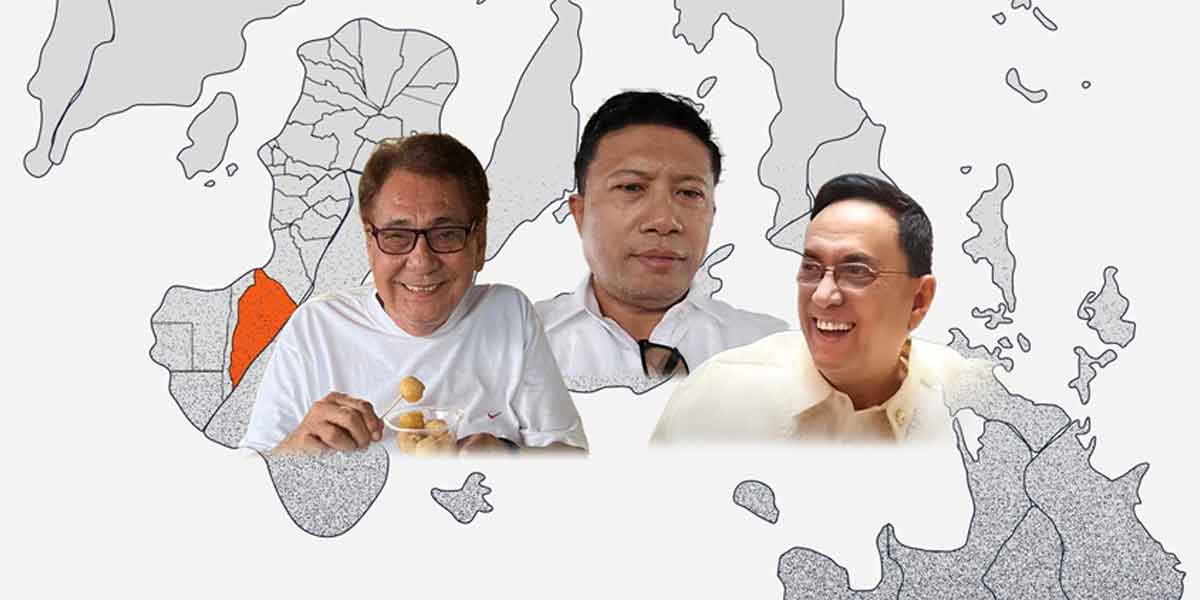
QUEZON CITY, November 28, 2022 – Energy transition stories written by non-energy beat journalists from across the Philippines were launched today under the Klima Reports, an online compendium of stories published by the Fellows of the Jaime Espina Klima Correspondents Fellowship.
Named in honor of the late veteran journalist and tireless media workers’ advocate Jose Jaime “Nonoy” Espina, the Fellowship is the first story grant of the Manila-based think tank Institute for Climate and Sustainable Cities (ICSC).
“I hope that this is just the start, that the Klima Fellowship continues to pave the way for courageous, enterprising community journalists to show the country and the world that this is what the regions can do in terms of energy, in terms of changing the problems that we face right now and doing our share to halt the difficulties that come with climate change and the roots of it,” said Inday Espina Varona, Regions head of Rappler, Fellowship panelist, and sister of Jaime or “Nonoy”, during the virtual launch.
Varona shared how glad she felt after reading the stories submitted by the Fellows, as these did not only focus on energy problems but also advanced meaningful conversations on how grassroots communities can push back against powers-that-be that try to slow down the steady march towards transformational change.
“What excited me about the Klima Fellowship is [its] regional focus and thrust in making a specialist topic [energy] be meaningful to community media, to the grassroots as we call it…because that was Nonoy’s dream. He always felt that these technical issues are the reason why only the elites talk about it and they frame it in such a way that ordinary people will be hard-pressed to understand the concepts that they are pushing,” she added.
Bong Sarmiento, a journalist from MindaNews and one of this year’s Fellows, said it is in everyone’s interest to offer solutions to the climate crisis. Sarmiento’s story, co-produced with Carolyn Arguillas, followed the lives of the Manobo tribe in Sitio Blit, Barangay Ned, South Cotabato after they received access to solar-powered electricity through the Technical Education and Skills Development Authority (TESDA)’s Project Tala.
“Electricity might not be a big deal to everyone especially to those who have access to it, but for the Manobo tribe in Blit, this is like gold that shines a light on lives that have been in constant darkness for some time],” Sarmiento said.
Sarmiento commended the Fellowship for establishing an editor-reporter mechanism of reporting: “This is my first time to be part of a fellowship offering this kind of set-up. It’s great. to integrate reporter and editor in such an initiative considering both need to collaborate closely to finish the story. Usually a reporter is asked to cover a specific story on their own then the story is relegated to any available editors. In this Fellowship, however, the editor-reporter tandem ensures we work on and finish the story together until it gets published.”
ICSC executive director Renato Redentor Constantino said he hopes that the stories under the Klima Fellowship would set the tone in taking forward conversations and solutions on the climate crisis, particularly in advancing renewable energy to replace unreliable and intermittent coal.
“We need to realize that we can and must already act decisively in the current decade by driving changes in the energy and transport sectors by supporting working families, and chasing goals that speak to their needs such as affordable and reliable power, secure energy, inclusive mobility that moves people not cars, mobility that rewards workers in transport, not cars or even fleet owners,” he said.
The Jaime Espina Klima Correspondents Fellowship is a six-month story grant that kicked off in June and ends this November. Through the Fellowship’s panel of judges, reporting grants were awarded to seven teams composed of reporters and editors from different national and local publications in Luzon and Mindanao.
The program supported the research, production, and publication of stories that surfaced compelling but under-reported narratives surrounding the energy transition and low-carbon resilient development in the country. Prior to the submission of their stories, the Fellows went through a curated online course covering energy reporting and media safety during the program’s first four weeks.
“We hope this Fellowship has empowered you to look at energy and environment stories with a broader view and wider lens. And we hope that the stories that you have produced will help mainstream this kind of reporting among our colleagues.,” Philstar.com editor and National Union of Journalists of the Philippines chairperson Jonathan de Santos said.
“I believe that the stories you have produced show how to report on climate and energy issues without being lost in technical terms and complicated mechanics. We’re looking forward to more stories from you,” he added.
The specific links to the stories are as follows:
Bong Sarmiento and Carolyn Arguillas (MindaNews)
Solar power lights up, enhances productivity in remote SouthCot IP village
Mavic Conde and Ronalyn Olea (Bulatlat)
Jeepney modernization’s rushed timeline neglects drivers’ woes
Carl Taawan and Sam Bautista (Highland Tribune)
Benguet’s Renewable Energy Quest for Stable Power Source
Keith Anthony Fabro and Jee Geronimo (Rappler)
Solar empowers Pala’wan indigenous women to save basketry tradition, natural forest
Germelina Lacorte and Jeoffrey Maitem (Philippine Daily Inquirer)
Raymund Villanueva and Rosemarie Alcaraz (Kodao Productions)






















